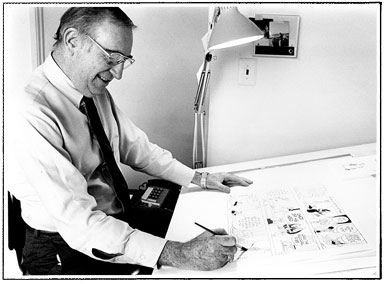
Brant Parker was passionate about the art of cartooning. Born in 1920 in Los Angeles, he was influenced early on by his mother’s career as a fashion illustrator and the encouragement of his father, a CPA. Another great influence was the Sunday cartoon section of the newspaper, which he looked forward to spreading out on the floor and poring over each week.
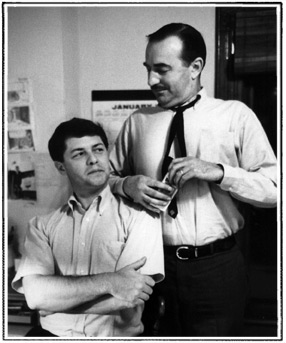
In the late 1940’s, Parker moved to New York state with his wife Mary Louise. After another stint in the Navy during the Korean war, he took a position as staff artist with the Binghamton Press. It was there that he met Johnny Hart while judging a high school art contest in which Johnny had an entry. Their friendship was to change both of their lives and the world of cartooning forever. From the beginning, they had a genuine respect for one another’s talent. They became friends and began jointly creating editorial cartoons for magazines such as Collier’s and the Saturday Evening Post.
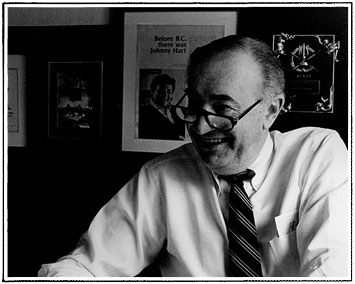
In 1954, Brant Parker went to work for IBM in Endicott, NY, first as a technical illustrator and later as an art director. He had been transferred to Washington D.C. and was living with his wife and family of 5 children in Virginia when he received a call from Hart about an idea for a new cartoon strip set in the in the medieval village of “Id”. Nearly ten years had gone by and Johnny Hart was already having success with his stone-age strip B.C. when he sought out Parker to launch Wizard of Id. The concept, originally taken from the characters on a deck of playing cards, follows the escapades of a tyrannical ruler (the king) and his blundering Wizard.
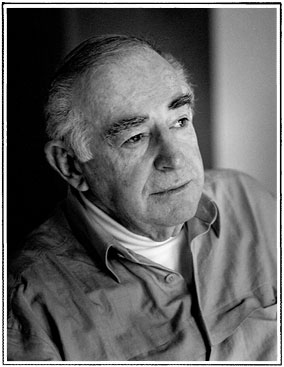
Parker had a great affinity for the “Wizard” characters, which took on a life of their own over time. He felt close to Rodney, the cowardly knight who was tall and gangly (like himself) and to the diminutive king, who inspired many jokes because of his short stature (like Johnny Hart). Another character Parker felt for was “Spook”, spending a lifetime in prison for calling the king a “fink”. His failed attempts at escape projected the “pathos” humor so close to Parker’s heart.
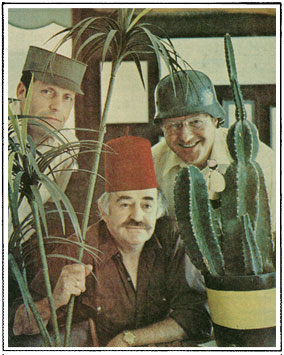
In 1975, he originated the strip entitled Crock, based on a despotic Foreign Legion commandant “Vermin P. Crock,” a parody of Beau Geste, in charge of a parade of farcical troops marching around the hostile desert. Crock was created in collaboration with writer Don Wilder and artist Bill Rechin, who took over the feature in 1977.

Parker won the National Cartoonist Society’s Humor Comic Strip Award five times (1971, 1976, 1980 and 1983). He also received the NCS’s Reuben Award for Outstanding Cartoonist of the Year in 1985, an Adamsom Award for Cartoonist of the Year, and the Elzie Segar “Yellow Kid” Award in 1986 for Outstanding Contribution to the Art of Cartooning.
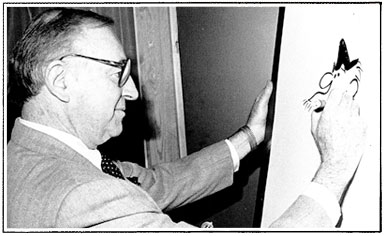
In addition to his work on three cartoon strips and illustrating a cookbook, Of Cabbages and Kings, in 1984, Brant Parker created numerous illustrations for community charities such as The Muscular Dystrophy Association and The Red Cross. He was generous with his time with aspiring cartoonists, giving talks at schools and teaching workshops. He also volunteered for several USO tours, where he visited recovering soldiers in military hospitals all over the world.
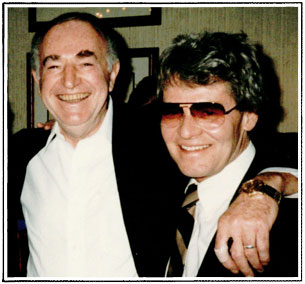
Brant Parker passed away in April of 2007 after a long illness and just eight days after Johnny Hart. Hart credited his mentor Brant Parker for inspiring him to become a cartoonist. In an interview in 1973, Brant Parker said of their relationship, “John’s done as much for me as I did for him,… I got him started. He kept me going.”




